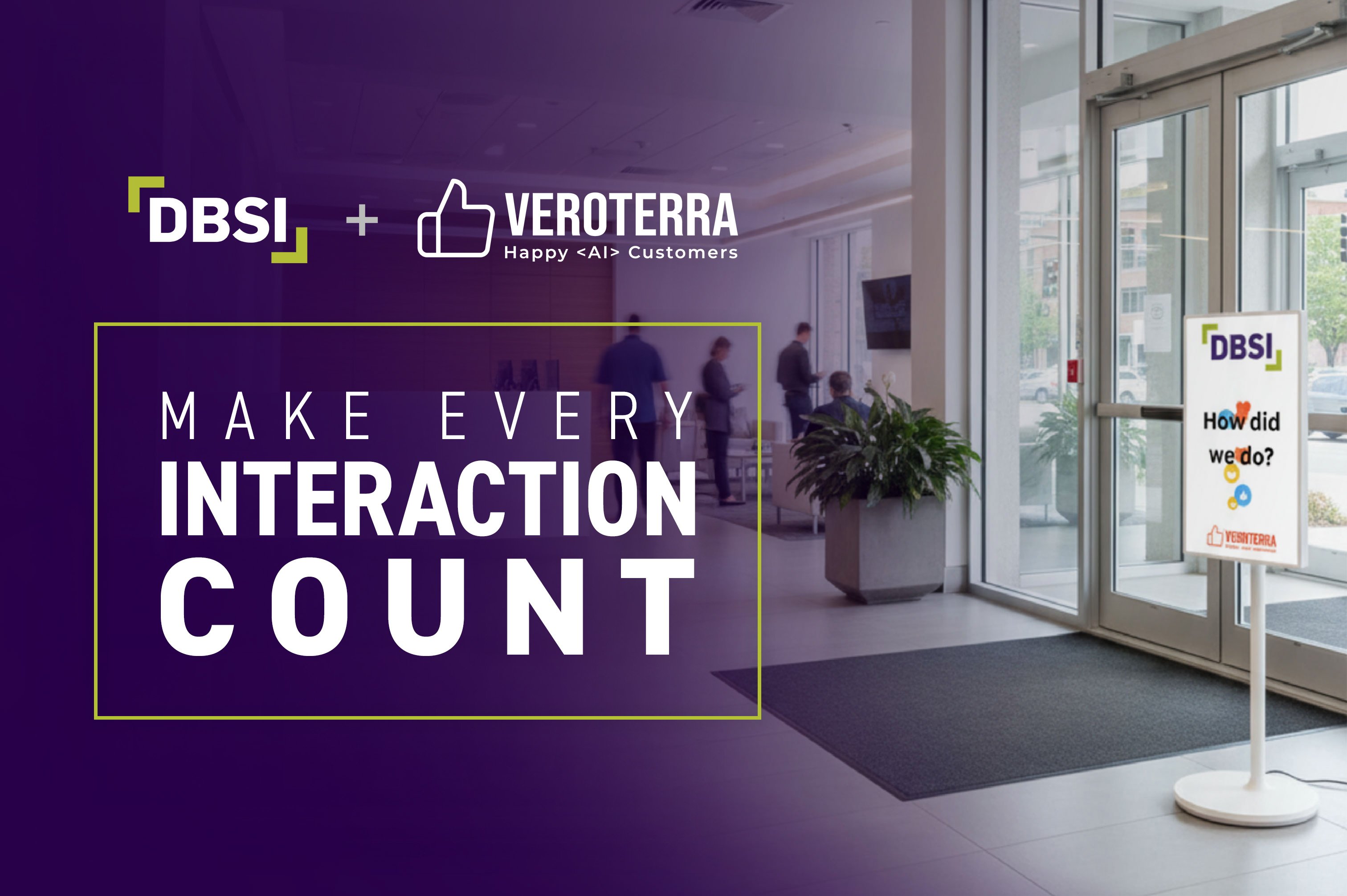.jpg)
Technology is key to providing a near touch-free experience in the branch and digitally, but many Financial Institutions (FIs) are not ready.
Less than 50% of organizations believe they are prepared for competitive threats, customer expectations or technological advancements, according to the 2019 “State of Digital Banking Transformation” report.
It’s a daunting task to take on digital transformation. Financial institution didn’t need a crisis to learn that banking from anywhere is a priority for customers, but it has highlighted the slow rate of mobile adoption. Only 17% of financial institutions believe they have deployed digital transformation at scale, with larger organizations being the most advanced, according to the Digital Banking Report. Even after the coronavirus pandemic has settled down, consumers will value FIs that make the investment to provide services digitally.
Onboard Clients to Digital Resources
Transacting from anywhere is important, but that’s not the entire branch experience — FIs need to provide highly personal financial education and advisory services from anywhere. Focus marketing and communications on educating customers with resources like blogs, social media posts, Financial HealthCheck tools or webinars on relevant topics like financial planning in an emergency. Content explaining the details and next steps on payment deferrals, personal loans, and programs like the Paycheck Protection Program are especially helpful during this time. Ensure your compliance officer looks over everything before it’s posted.
Offering tools and resources now will position you as an advising partner rather than a product-focused institution. And video banking gives your customers more access to experts. These platforms put face-to-face interactions in the palm of your customers’ hands by allowing them to connect with a banker right from their phone, securely sign and share documents such as photo IDs, documents for new accounts, loans, and other urgent needs.
Give Clients Access to Experts
FIs also need to invest in technology that allows their experts to work from anywhere — including the corporate campus or headquarters too. These investments allow them to work from anywhere makes transitioning to remote easy; they can also improve productivity when they are in the office.
Adding flex spaces in your headquarters allows you to reduce the number of desks provided to full-time employees while improving productivity, the flex space allows your employees to have a space to focus when they need to, collaborate, and it can be used by others when that employee is remote or off-campus.
Your experts will need to have a well-thought-out space where they can perform their remote expert duties. A clean backdrop, technology, and quiet location are all necessary to make sure your experts can handle any question and transaction. However, the space doesn’t have to be expensive or elaborate. Take an Instagram-versus-reality approach to creating the perfect remote expert set-up. Meaning, focus design dollars on what is on camera instead of spending on the entire space. Offer your experts best practices for video conferencing so your exceptional customer service standards are not altered when your associates are working remotely.
Prepare Your Branch for the Post-Coronavirus Consumer
This is truly the time to prepare your branches for the future and provide an even-better experience than before. Consumers post-coronavirus will be more aware of being in confined spaces, such as private offices. A “service spot” offers a unique workspace for associates that is visibly less “confining” but still private, potentially increasing the appeal of getting advisory services in the branches. Ideally, the spots would be set at counter or bar height.
Teller towers are a retail-friendly twist on the old-school teller line. They remove queue lines and create more distance between customers, while providing a better interaction experience with staff.
Easy-to-clean surfaces for furniture, flooring and more will be the way of the future. Brian Silvester, Head of Design at DBSI, offers several examples of easy to clean and green finish options:
- Stain-resistant surfaces and PFOA-free upholstery are easy to clean and reduce health concerns linked to PFOA.
- Easy-to-clean laminate instead of wood veneer offers a realistic natural wood-look without having to worry about scratches and special cleaning procedures.
- Groutless flooring like luxury vinyl tile reduces maintenance over time. There are even options that are carbon neutral.
The post-coronavirus consumer may be hyperaware of germs on everything they touch, and may not be interested in communal brochure racks to gather information. Digital and interactive signage with hand sanitizer nearby in an option that is easy to clean and update. Interactive digital signage allows customers to still obtain the information they want while collecting emails and data for customer insights. Touch-free screens are a great way to showcase your products and services with virtually no risk of community spread.
To create the perfectly prepared retail strategy that can attract and retain customers in any situation, FIs need to fuse design, technology and process. Branch transformation, at any level, is both an art and a science.
Originally Published on BankDirector.com














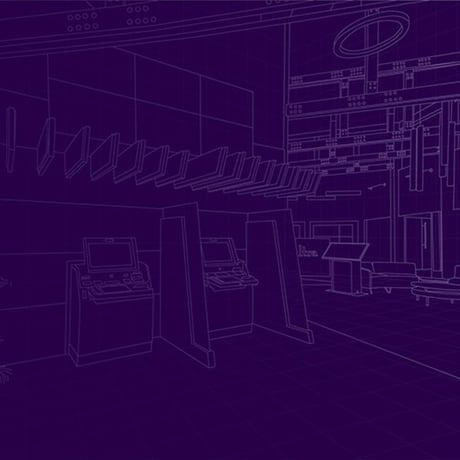


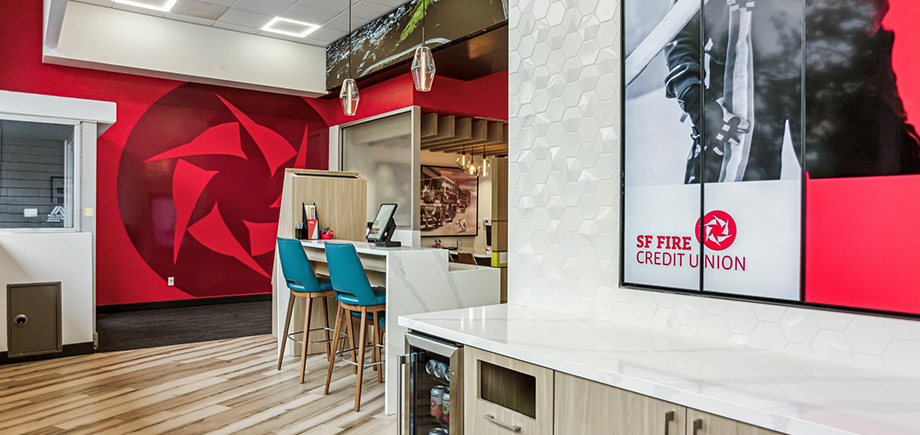
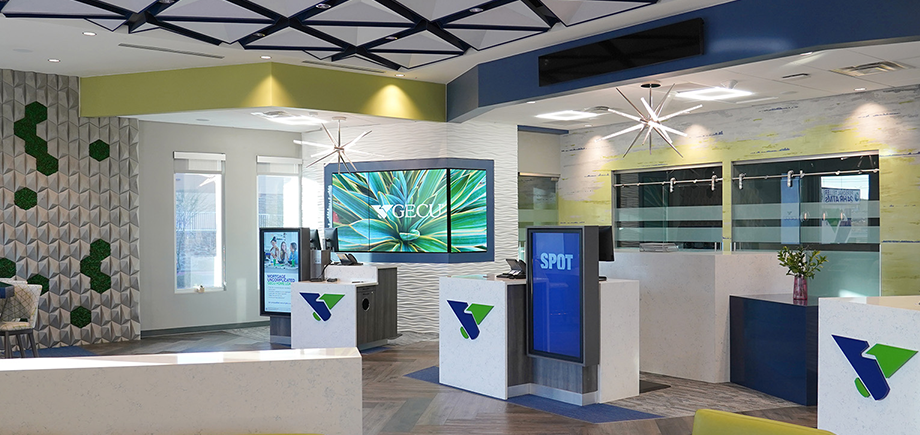





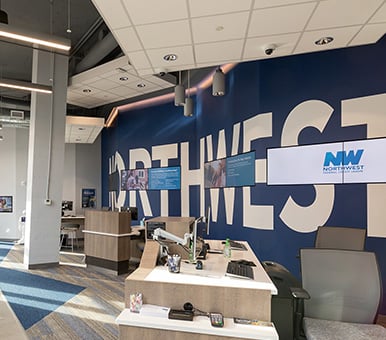
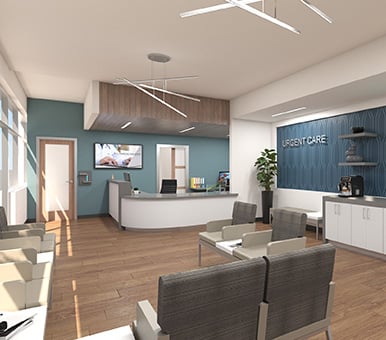







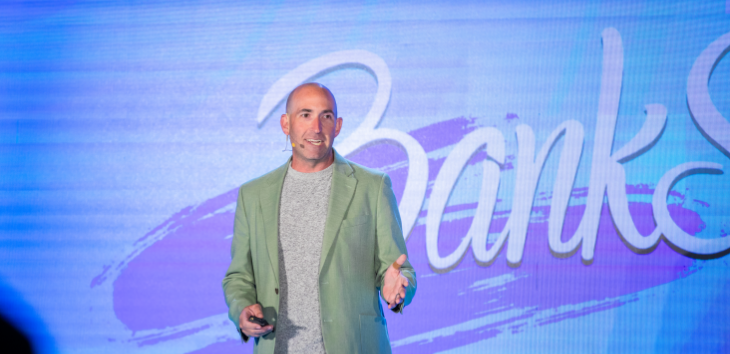

 Emily Sweillam
Emily Sweillam
-1.png)
-4.png)
